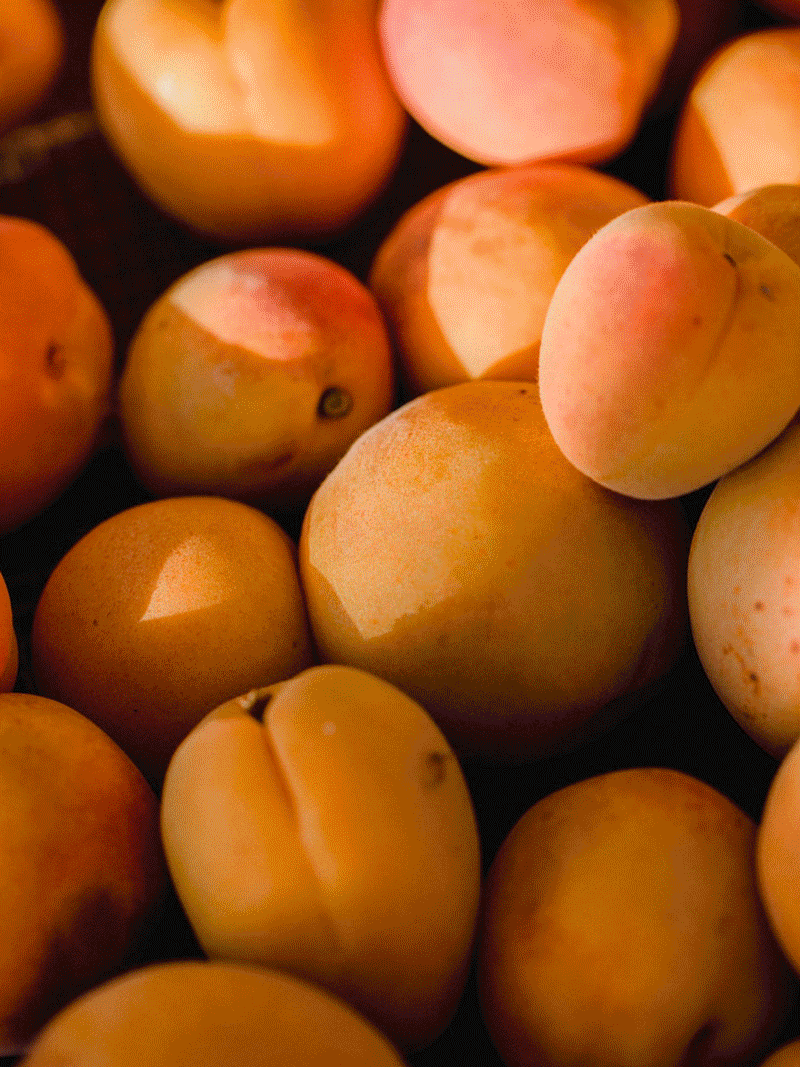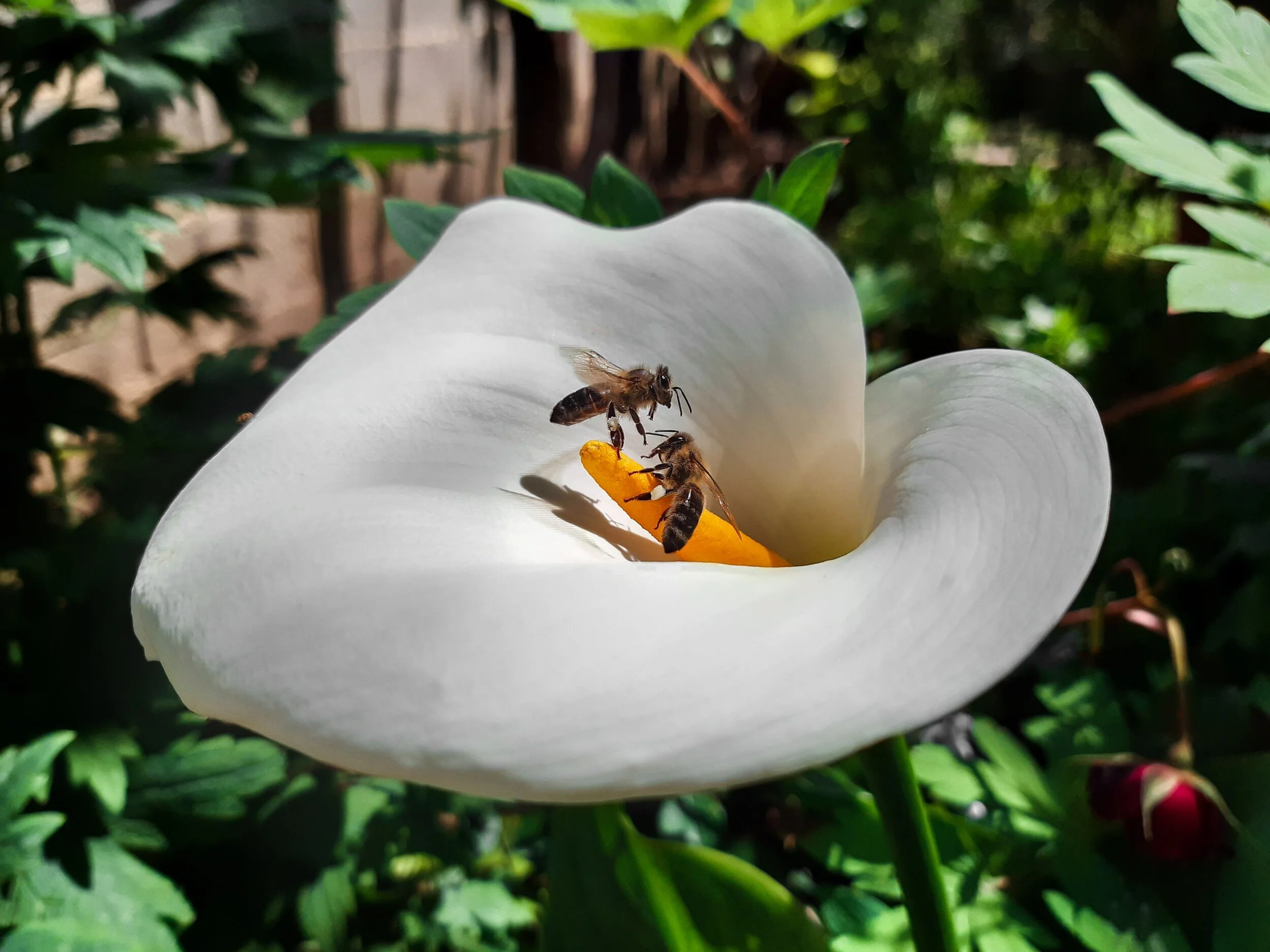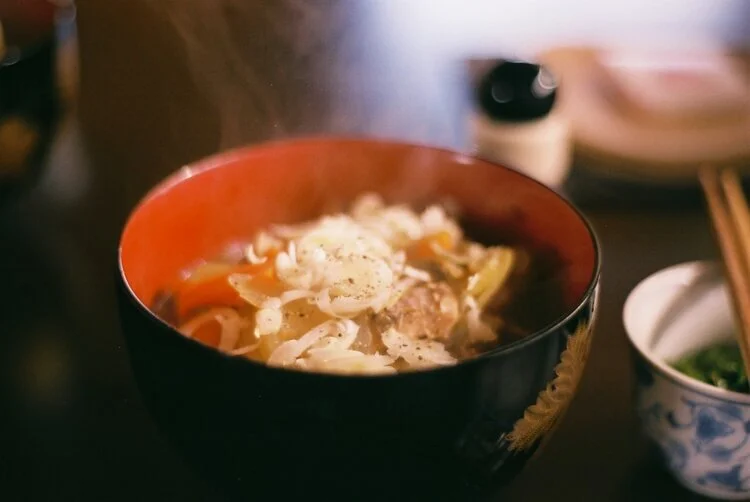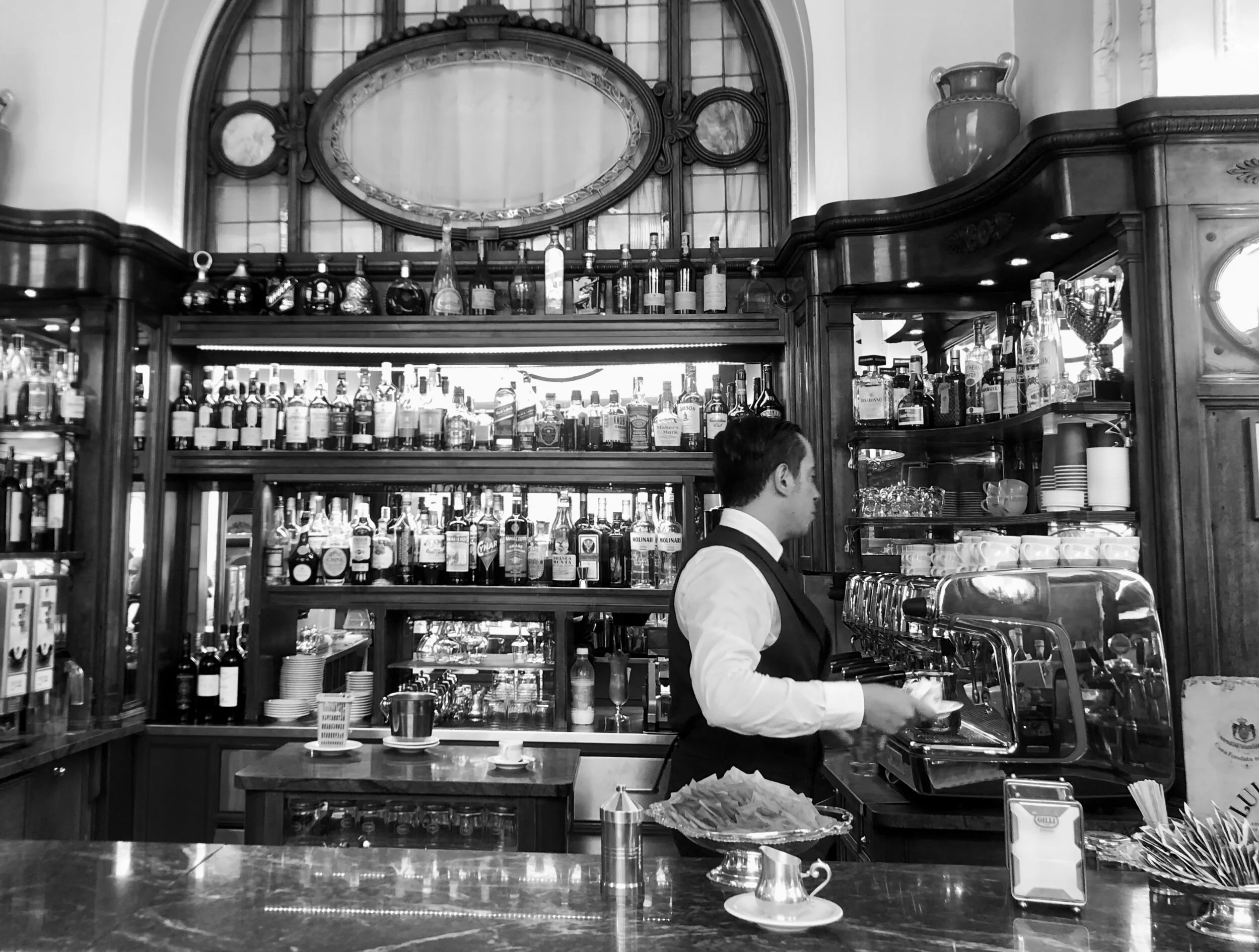
As most of us know by now, the way to language learning isn’t through rote memorization, but rather through creating a sort of photo-almanac in your brain where you can flip through to quickly find the funny images or tasty memories and the words associated with them. But what might surprise people is that a great way to learn a language and create this photo-almanac is to learn another skill altogether: cooking.
When you work with your hands, you create a sort of short-cut in your brain that will make those new works stickier than fresh caramel. Mélanges le farine et du lait will cement an image in your mind of the cold milk splashing over the soft, crumbly mountain of flour.
Food also triggers our memories when associated with emotion; a slice of Spanish tortilla that reminds you of your abuela’s, can easily jump-start those warm, comforting feelings. Making a recipe in your target language, even if it’s not a prized family recipe, will help with learning new vocabulary and with word retention. The natural repetition found in recipes will help to cement those words— lots of verbs and vocabulary— that you’ll start to recognize when you hear or read them in other places.
There are so many opportunities to learn a language that involve food— try hosting or attending a multilingual pot-luck, watch a foreigh-language cooking show with friends, or even just something simple like trying a new snack from a different culture and learning about its history. Until then mangia bene and bon appetit!
This article is part of the Food edit of DIMMI DIGEST. Just like language, food is our collective blank canvas that begs us to inject it with creativity, with the ability to transform all people both physically and emotionally. The foods we eat and enjoy, acting as a reflection of our past as well as our innermost desires and dreams. Like language, the food that nourishes our soul will always be here for us, ready to be transfigured into whatever we need it to be at that moment.









































